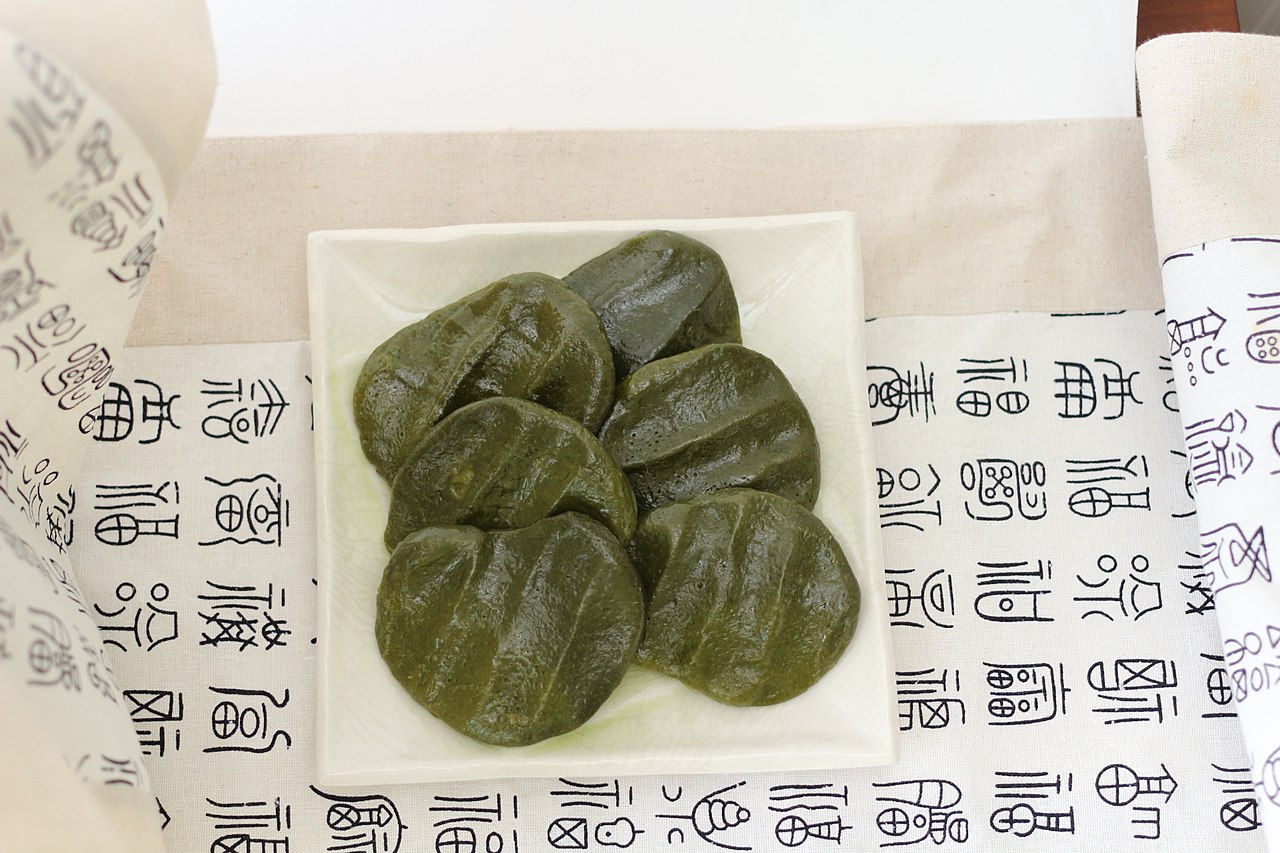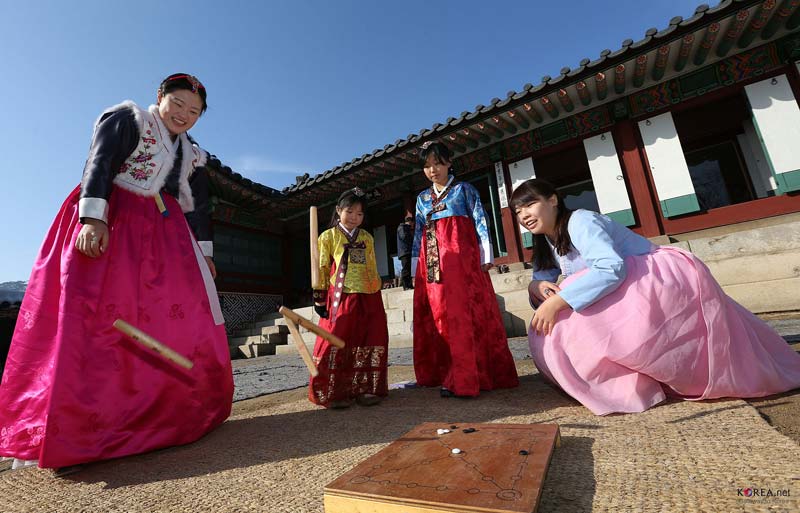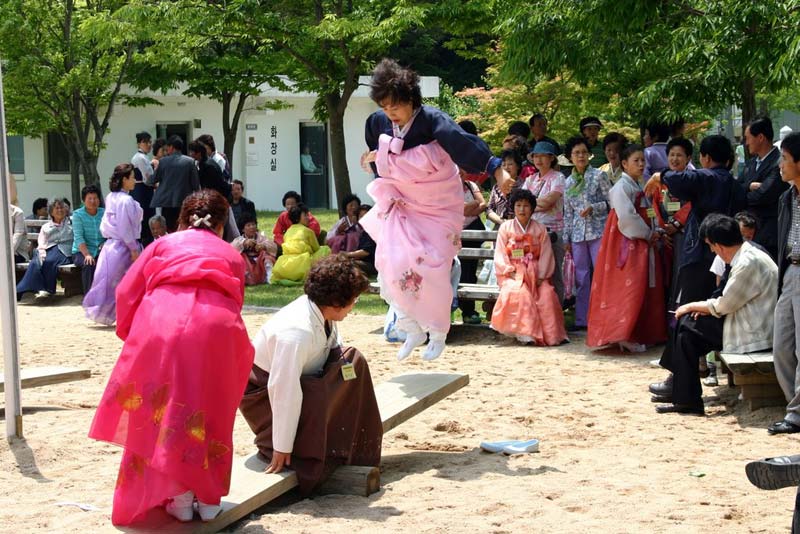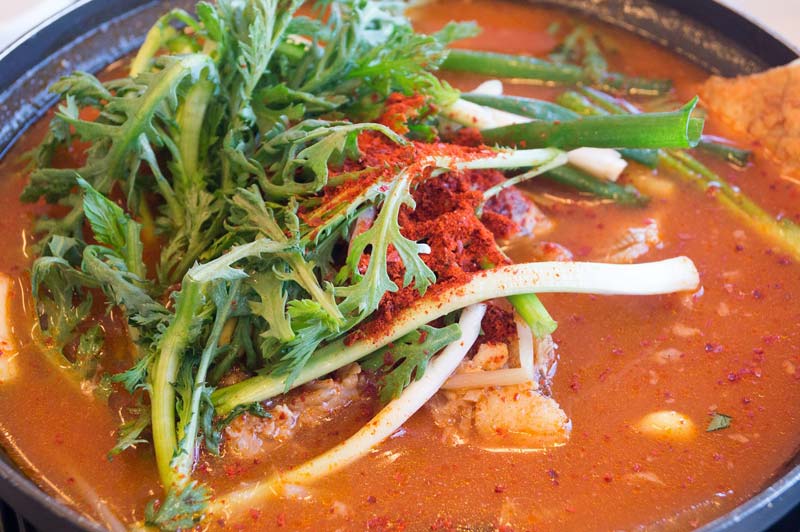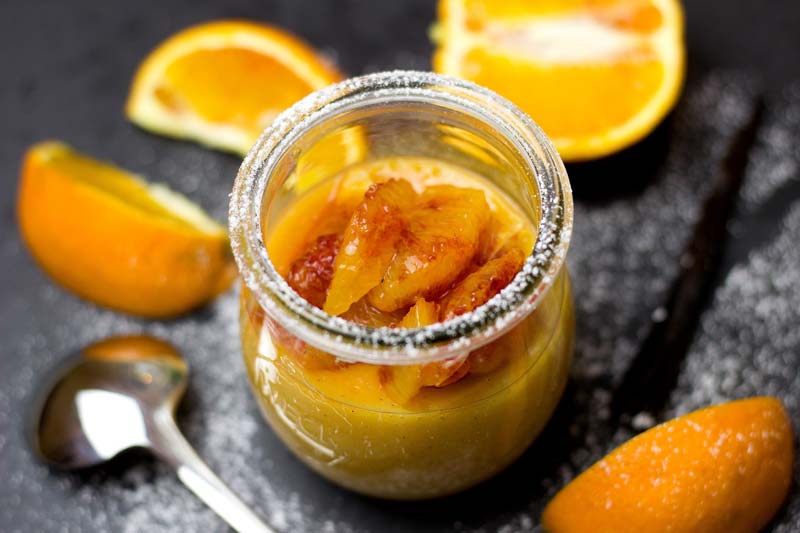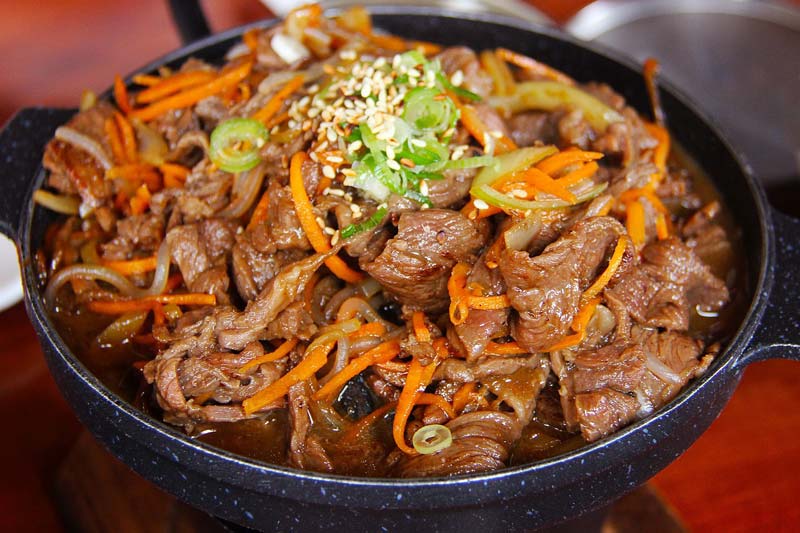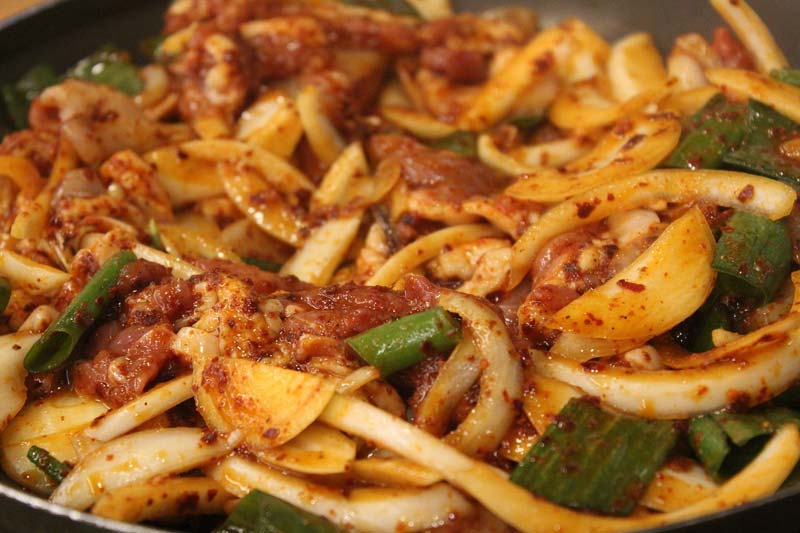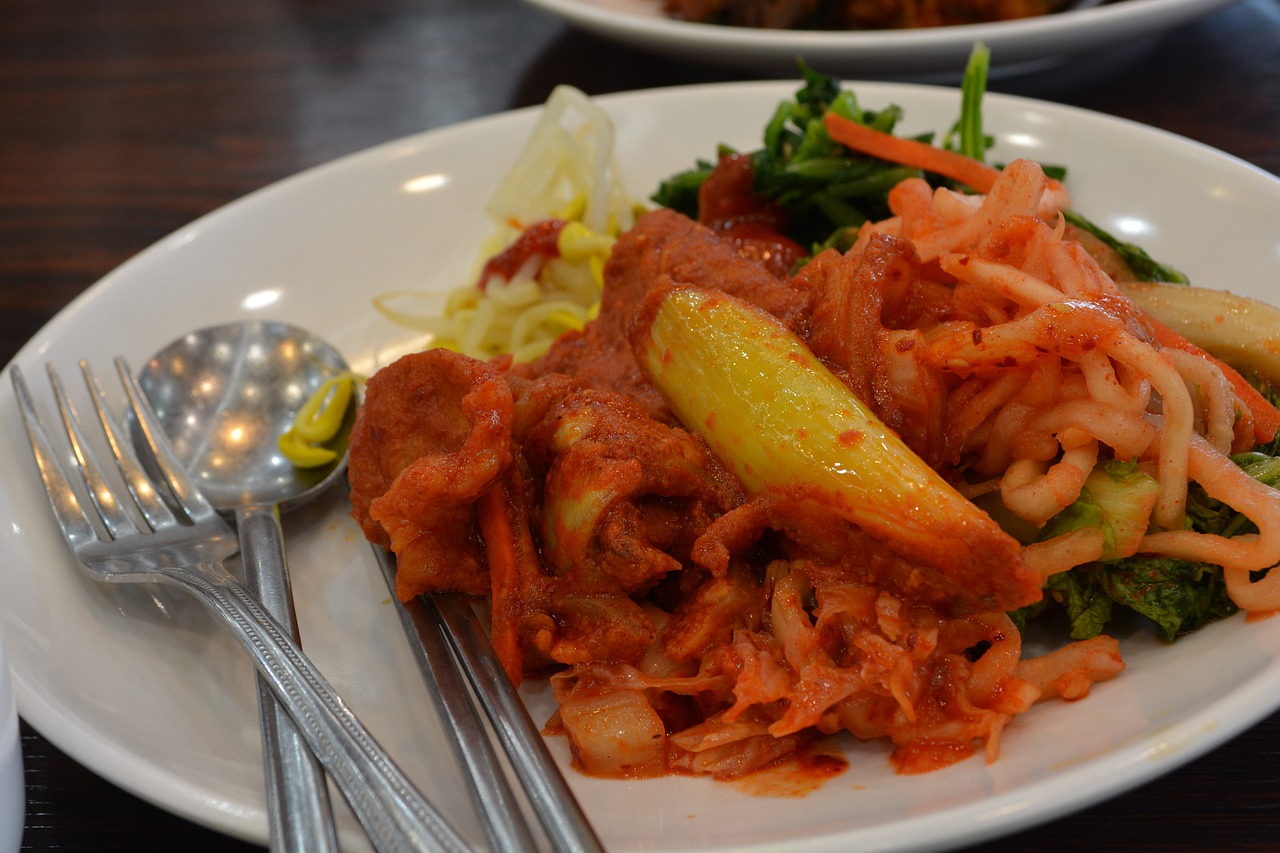Chuseok
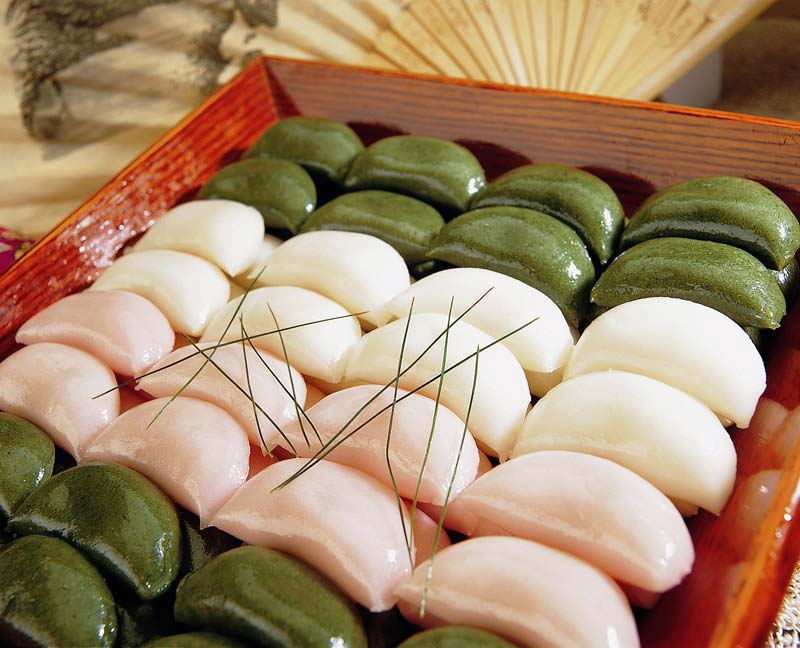
Introduction of Chuseok
It is the Korea’s best annual holiday, referring to the 15th day of August by the lunar calendar and having a meaning that it is in the midst of autumn and is the central day of August. It is also called as Gabae, Gabaeil, Gawi, Hangawi, Jungchu, Jungchujeol, or Jungchugajeol. Gawi and Hangawi are pure Korean words while Gabae is how Gawi is read by the orthography of Idu.
On Chuseok, they go to their ancestors’ graves and cut the weeds on them grown during summer, which is so called Beolcho. In the past, they used distant spots for their ancestors’ graves because they wanted them to be in ideal places by the theory of configuration of the ground, or the graves were far from where they lived since some of them moved to somewhere else after determining spots for the graves. However, even in these situations, they went to mow the weeds on the graves on Chuseok and thought it was the sign and expression of filial piety.
In the early morning on Chuseok, they gathered in the head family having a shrine and performed ancestor-memorial services for their ancestors of three generation. A difference in the services between Chuseok and Seol is that they use cooked nonglutinous rice on Chuseok unlike on Seol using white rice-cake soup. Because they earnestly worshiped their ancestors and at the same time added the services for heavenly gods, offerings were made of fresh grains to be displayed. For the ancestors upper than the three generations, they performed seasonal memorial services in October in front of the graves of them.
Ganggangsullae is a play that is comparable to the month symbolizing abundance. In an agrarian society, the full moon stands for richness and is also related to women. Women are the core of production and symbolize abundance themselves, so the full moon of Jeongwoldaeboreum is compared to a parturient woman. Thus, playing Ganggangsullae on Jeongwoldaeboreum can be the perfection of abundance because women play together under the full moon of richness.

Ceremonial Chuseok Food, fot. Nesnad / wikipedia
Sonori is a play for wishing a year of abundance. After they disguise themselves as cows with straw mats, and call on all the neighbors and play gaily with them and share food together. Once two men lie prone, facing their bottoms each other, cover them with a straw mat. Under the mat, the front man holds out two well-carved rods as if they were horns while the man in the back lets down a rope as the cow’s tail. At this time, a farmer in front of the caw draws in the reins to lead the cow. The caw is followed by a Korean traditional music band which adds to the amusement. In Geobuknori, they disguise themselves as turtles instead of cows.
Gamassaum is a play for schoolboys at Seodang, which was transmitted until the early 1900’s in the Uiseong regions of Gyeongbuk. When Hunjang (the teacher) left for his home on Chuseok, the boys began to play it. Once they were freed from studying after a long while, they gathered each other to make sedan chairs and play with them.
Ssireum is one of the plays for Chuseok that cannot be missed for men boasting their strength. This is played on Dano in May or Baekjung in July of the lunar calendar, but is favored most as a play for Chuseok.
Once the Ssireum players in a village, who are well-known for their strength, gather one another regardless of their weight or age, they get to compete with the players from neighboring villages as the players representing the village. The strongest man is selected by competing with each other on the spot until there is no more challenger, and a man’s winning every game is called ‘Panmakeum (Bringing a game to an end by winning it)’.
These are the ceremonies for encouraging the unity of the people in a region. The examples of these are Gangreungdanogut of the Gangreung regions in Gangwon-do, Munhojanggut of Yeongsan in Gyeongnam, and Hanjanggunnori of Gyeongbuk Jain. Each of these ceremonies has some festival pattern of the people in a region as they are related with various plays or events.
Juldarigi is frequently played on Jeongwoldaeboreum but is sometimes done on Chuseok as well according to the regions. The “Dongguksesigi” says, “One of the customs in Jeju is that on every August 15th of the lunar calendar, men and women gather one another to sing and dance and make two teams and pull a big rope at both sides of it to select the winner. Once the rope snaps in the middle, both teams would be tumbled on the ground. The bystanders would laugh aloud. This is called ‘Jorijihui’.” This is the oldest record about our Juldarigi.
(foodculture/foodculture1_6_a.jsp)
